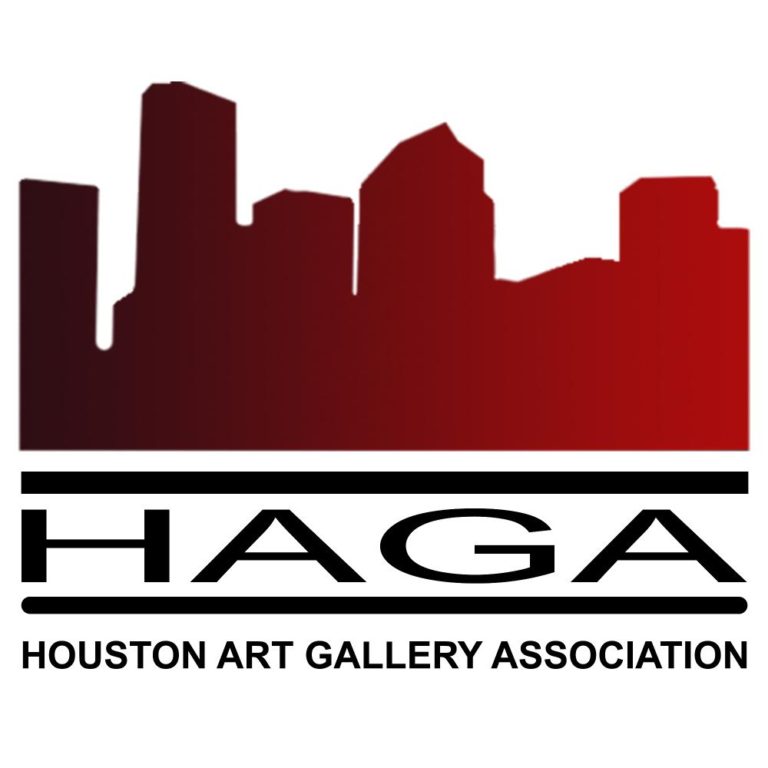What is meant by the expression, “contemporary photography”? Contemporary photography could be described as a photograph from our own time, compared to an image from a much earlier period. A relevant definition of the word contemporary is: “happening in the same period of time..of or in the style of the present or recent times… .” 1 Contemporary Photography is actually somewhere in the space in time between today, and the earliest inception of the medium. There are no bookends to defining a period for “Contemporary Photography”. It is a rolling and evolving view of photography from a contemporaneous moment in time. There are additional windows in this time period. Other terms used for these other windows for looking at photography might be “Vintage Photographs” 2 or “Modern Photographs” 3 . What we refer to as a contemporary print is not a label that permanently attaches to an image. Instead, it is a reference to an image created that reflects our values, challenges and perceptions today or, in reference to a contemporaneous period for that image. 4
Is it important to classify a photograph as contemporary or not? Photography done in our time is a reflection and encourages us to consider what we see. Roland Barthes, in “Camera Lucida: Reflections on Photography” stated: “The photograph does not necessarily say what is no longer, but only and for certain what has been”. 5 Susan Sontag, in her book “On Photography” 6 said: “Photographed images do not seem to be statements about the world so much as pieces of it, miniatures of reality that anyone can make or acquire”. 7 Contemporary photography encapsulates or reflects back to us an opinion about our world today. The world is not static, and so photography is not static. Values, societies, philosophy, standards for living, technology, politics and geopolitical realities constantly change. 8 “What we perceive depends partly on what we have been taught to perceive.” 9 Studying a photograph can help us see more and/or see differently.

At any point in time, a photograph is a “contemporary” image. For the photograph to be “contemporary” it does not have to ignore a prior historical context, or that it is influenced by the work of others in the past, or by other current artists. The photographer may even have appropriated or combined previously taken images from any prior point in time giving that image a contemporary re-birth. 10

Contemporary photography has changed as the technology for capturing images of light has changed. 11 Photography has evolved beyond the literal and familiar capture of images of the world mechanically through a camera body, with or without the use of a lens. It includes the imposition of the artist’s eye and technique on both the use of the camera, lens and post-processing of the image. 12 It includes, and re-visits, the impression of light on light sensitive material directly or though different matter. These techniques, while seemingly new, date back to the origins of photography. 13 Contemporary photography may be cameraless and lensless work, photographs without pictures, made with chemicals on the surface of light sensitive materials, or through water by moonlight or through colored filters. 14 It reminds us that the word photograph comes from the Greek words: photo for "light," and graph for “drawing" , or drawing with light. 15 Unlike Sontag’s comment above, not everyone may be able or willing to create works such as these.

There have been many types of photographic images taken, by many different photographers, who have created memorable images. “Genre” 16 is a framework that might be used (see the list at the end of this article) 17 to help organize our thoughts about contemporary photography. Each genre can represent a type of contemporary photograph. Photographer Guido Guidi recently commented in an interview for Aperture Magazine: “I was interested in everything: the portrait of a person, of a house, of a wall… Nothing was unimportant; everything was worthy of attention.” 18 The capture of an image as a snapshot (vernacular photograph) 19, photojournalistic, or many other forms, can be a documentary capture of an event, place or person at a point in time with no or little artistic intent. Some genres of photography may lend themselves more to intentional creative expression. 20 Yet, if we are evaluating contemporary photography, understanding whether, within a genre, we are discussing works from the same time period or comparing works from different “contemporary” periods, helps us to see or evaluate the artistic content, or changes of expression over time through different lenses (or not) of examination of that time period.
Developing a view on appreciating photography, whether contemporary, vintage or any other type or genre comes from looking at many, many images, to determine what one likes. 21 What can help in assessing contemporary photography is to read what other commentators and educators have written. In addition to those cited already, some important authors addressing the art of photography include: John Szarkowski 22, Tod Papageorge 23, Robert Adams 24 , Geoff Dyer 25 and Peter Bunnell 26. A work referenced as contemporary photography does not also make it art. 27
Contemporary photography then is a difficult term to define. It does not permanently adhere as a label on any one image. It is a concept that changes as time periods change and move forward. It is a general expression for what the viewer can relate to and appreciate at that moment in time. It may be applied to a group of images created by a group of photographers working during a similar period of time with similar, or dissimilar, motivations, style or influences. Today’s contemporary photography inherits attributes from what was “contemporary” in prior periods, or it can break completely from the past creating a new road for others to follow. The study of prior periods is important because it creates a history, or marker, for new work to move beyond and create new paths as photography evolves. Whether it rises to a level to be referred to as contemporary art photography is both an individual and a collective agreement for appreciation of that style of work. 28 Regardless, any style of “photography”, whether a snapshot or purposeful creative expression, becomes, at this moment in time, “contemporary photography”.
Some Genres of Photographic Images:
Abstract, Aerial, Architectural, Astro(space), Conceptual, Constructed Environments, Documentary, Fashion, Glamour, Landscape, Medical/Scientific, Memory, Micro-photography, Narrative,Nature, Night, Non-lens based and/or Cameraless, Nudes, Performance, Photo Collage or Photo Montage, Photojournalism, Polaroid-type, Portrait, Still Life, Street, Time-lapse, Underwater, Vernacular.
If you have other perspectives on what is contemporary photography or views about other parts of this article, please send your comments to us.



6 thoughts on “What is Contemporary Photography?”
Quality content
I loved this article and found it very inclusive of many forms of photography that are neglected or even scorned in the classical photography world.
I would like to add one more category into the mix as it is one of the genres that I work on and is always evolving for me.
I have coined the term Digital Expressionism (others may have their own definition of this term) to explain my process for creating this particular form of art. It is the painterly expressionism discovered by following an intuitive trail of metamorphosis that results from altering representative digital photography into abstract art. As Juan Gris said, “You are lost the moment you know what the result will be.”
Though the ultimate image is never known until it is recognized by the artist, the process of discovery is honed over time and one learns which origin photos (based on composition, color combinations, tonality and texture) are good candidates for starting down the path.
I believe Digital Expressionism is a valid style of photography, though some would argue that it violates purist principals. One important distinction is this form of art does not exist without the origin photograph, which is not the case with other forms of computer generated digital art.
Validation should be determined by the end result, the impact on the viewer, the integrity of the process and the cognizance of one’s place in the progression of art through history.
Instructive and contemplative article. I will be referring to it yet again ~ thank you!
Margaret Waage
Very clear and instructive. Thank you, Geoffrey. Best regards, Roberto
Comments are closed.